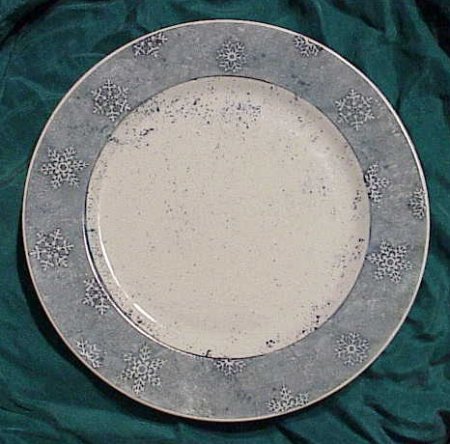| FIRING:
The firing directions are important! Make sure you read them.
DO NOT REMOVE THE STICKERS BEFORE FIRING! They are intended to burn away in the kiln.
The paper will burn away , leaving a fine ash which you simply dust off or blow away. It will not fly around in the kiln so you dont have to worry about it getting on other pieces . I have fired pieces with the stickers along with a full kiln load of other pieces,including portraits and have never had a problem.
The one caution in firing is to make sure that you take gravity into account when you stack your piece in the kiln. The ash created by the paper burning off will not fly around the kiln but it will fall if the piece is placed so that it can fall. So you either have to fire a piece like this flat, so that the ash will stay in place or else , if you put it in a plate rack, position it so that the ash will fall either onto the kiln floor or onto a shelf where it can be vacuumed up.
When I fired this piece, I was in a hurry to fire it and didnt think it out first, so I placed the plate in a plate rack as I normally would. When I opened the kiln after it had cooled, I discovered that the ash from the snowflakes at the top of the piece had fallen onto the bottom half of the plate, leaving little spots on the white part of the plate.... This left me with a dilemna: Whink off the spots or tapdance ( which is my name for having to come up with a creative solution to fixing a boo-boo!....Those of you who have seen my pother lessons know that I LOVE to "tapdance"...I get a LOT of practise , too , since my pieces rarely come out of the kiln looking like they did in my imagination when they were in the planning stages.
Fixing this particular boo-boo was easy. I simply mixed up a batch of the blue chinapaint with pen oil to an ink consistency.....then dipped an old toothbrush into the mixture and flicked more spots around the rest of the piece and refired.
| 